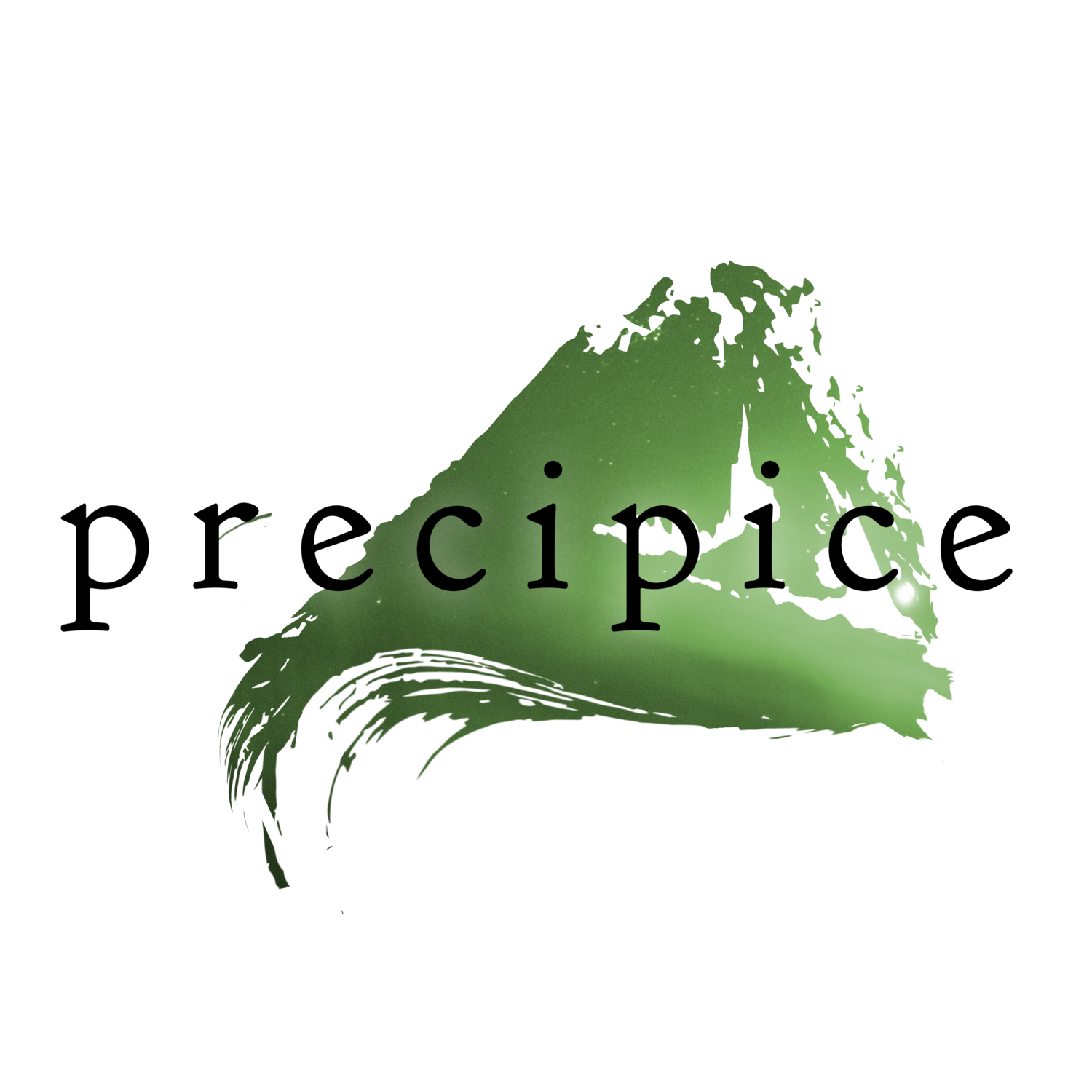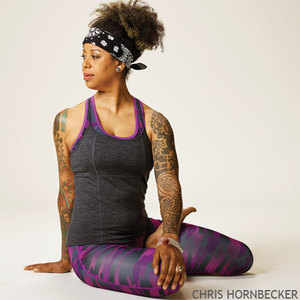a revisionary exercise inspired by movement choirs to score the gestural and sonic elements of a piece–how do we move, with whom, and when?
Tanz, Ton, Wort.
Nonviolent protest practiced by the Black Lives Matter, Standing Rock Sioux, and Women’s March communities revealed the power of standing up, standing with, and standing for peace, change, recognition, justice, and equality. They remind us that there is a power in the collective: collective words [dialogue] AND collective intention [manifesto].
As America continues to examine its fractured places, I call on dance, music, and poetry to serve as palpator (identifying and naming the broken places and scar tissue), circulator (massaging and moving blood and lymph through the sites), rehabilitator (a sling holding the space and demanding the time (MLK’s NOWNESS) for healing), and witness (compiling the observations, diagnosis, prognosis, and recovery notes). While Internet trolls question protest in the context of “right” and “rights,” I call back (dance back, chant back), protest is a rite of passage. Without protest there is no humanity, maybe civility, but certainly not humanity. In exploring this rite, I invoke ritual and its importance in showing the value of crossing thresholds, shifting and shedding shapes, and transforming self and community. Where does
the energy to create change come from? What shapes does it take and how can we embody or inhabit it?
Rudolf Von Laban, one of the “makers” of Modern Dance in Europe (Germany) used his education in anatomy and architecture to tap into the movement efforts and shapes
of the human body.
There is a parallel in history here that I cannot ignore. Laban's expressive movement choirs in Germany—moving able-bodies together—were appropriated by the Olympic Youth (the Third Reich) in the 1936 Berlin Olympics to create propaganda. While the Olympic Youth choir demonstrated the power of aesthetic, unified movement, it also revealed just how much intention matters in ritual, rite, art, and protest. The differences between Laban’s expressive movement choirs and the Olympic Youth’s propagandized movement choirs returns us to the
impulse—is it coming from the dancer’s body OR the master’s mind?
America revisits this dilemma in the 2017 protest of racist, Confederate Statues in the South. The protest of protesting (the Neo-Nazi groups attacking the Black Lives Matter community) dilutes, distracts, and silences the movement—the choir. How can we reclaim the movement choir and use it to dismantle and thus, remediate this injustice?
While Isadora Duncan (on the American scene) used music as the impulse to drive or channel movement through and with her body and sculpture to model her shapes, Laban insisted that the impulse for movement should stir from within the dancers themselves. Creativity studies today still question where the inspiration, impulse, or muse resides and how best to call it, play with it, honor it, and essentially “harness” it (ugh). Are we vessels, containers, conduits, mediums, translators, sculptors? Are we breath, prana, light, sound, gesture, flint and wood, brush and wind? YES, AND…Embracing both—quantum creativity—becomes a practice of not just making but listening to how we make and are made: poesis. Offering a space to
practice listening—receptivity as the alchemy of receptacle AND flow [shunter AND shifter of cilia, proprioceptor, and dendrite]—becomes more important than performing, producing,
or publishing the work. It is the gesture that offers change [Anna Joy Springer: how do you feel about hearing yourself AND yourself hearing this from a tube warm and wet with words?] and the offering of gestures [Ginger Teppner: how do you breathe with me in this journey we hear/here now take—can you feel me next to you—moving and moved?]
Anna Joy Springer and Ginger Teppner not only unpack the archetypal knowledge of BIRD, but they also embody the swooping, circling, forming, and fleeing of BIRD—the energy, impulse, of flight, vision, instinct, and migration. The single wing flap AND the series of flaps AND the moment when no flapping is necessary at all, mirrors the efforts to “get up and running” to give a project “wings” to shift from inaction to action.
How do birds nest, fly, flee, float, flock, reach, rupture alone and together? How does the line draw you? Why?
Playing on the edges of improvisational troupes (post-modern-American style), witnessing groups (Anna Halprin-esque-West-Coast-eco-healingdance), and movement
choirs (German-Modern-Dance-vis-à-vis-Laban), Somatic Lab #21 is both a generative and revisionary practice to witness (dance-sound-word) and score (word-sound-dance)
the gestural and sonic elements of a piece—how do we move, with whom, for what, and when? Oh, and yes, Flash Mobs are kind of like movement choirs, but then, not at all, [yet,
still fun.]
Generative: Set an intention: what will you move for/with/through/from/to. Find your flock. Gather together a few friends (or invite your audience before/after[during?]
a reading/performance). Hold your choir in a public space. Accessible. You may find that as the movement choir unfolds witnesses may join in. This is great. Keep the movement score open, yet direct. This will create a safe environment for your movers where they can be expressive (the blood) because they are not “thinking” or “worrying” about what to do or what will happen next (the vessels). They can remain in the moment (the pulse, hearing blood in vessel and vessel in blood). Below is a list of Laban effort shapes that can be used as direction to score your movement choir. Start with four or five. Define how you will transition from one to
the next: breath cue, destination arrival, music shift, or. You may write the score on a poster, hand out little cards, or yell out as you go. When you are ready to embody the score, decide
if you would like to set up a camera (aerial is best [bird’s eye view]) and participate in the choir (generating both experience notes and later observation notes) or if you will be the bird and watch/film/witness/listen/write/document/ contemplate the choir as it unfolds. Both have value: dancesound-word; word-sound-dance. After the movement choir (just as in after the protest, the rite, the ritual) contemplate, reflect, and contemplate again in dance, sound, or words. What :: Who has been heard, seen, felt and how has that changed the climate/atmosphere/energy? What now? How now? Why? Write.
Score Example: Intention—Remediate the way
the moving female body is seen/heard/choreographed;
Location—golf course; Movement Score—GLIDE from first
hole to second hole, FLOAT around the hole, circling until
all movers are included, WRING from high to low until all
movers are lying on the grass, SLASH from low to high until
all movers are scattered and standing, OPEN the movement
effort to the movers choice as the choir works its way
to the third hole; Reflection & Contemplation—hold the
space for stillness and silence until the first audible breath
cue, a spontaneous sigh, then invite sharing, speaking,
words and continued nonverbal expression to the shared
space; Conclude—invite movers to gather together as tightly
as they can—a gesture of pressing in and up [SUSPENDED]—
release the contraction to end.
Revisionary: Select a piece of writing (or choreography or music). Use Laban’s movement efforts to track and trace1 the flow/energy in the piece. Create a score at the intersection
of what you are feeling and what you would like to feel. Repeat the Generative Sequence. In-post experience, what has your movement choir done with your words? I call upon Springer’s Winky and Blinky here as evidence that audience/reader changes the course of the text. How
can protest [how can movement choir as protest] change the course of the conversation? How does it reflect, refract, project, dismantle, magnify, reduce, or discharge the master narrative—the language of the oppressor/oppressed? How does it peel back the edges of scar, scab, band-aid, blanket, muzzle, duct tape and let the air in and the voice out? What happens to your piece when you give it to people? Revision and rewrite.
Dance, Sound, Word.
For more information/instruction, please, read: “Poetics of
Empathy: Gesture-Sound-Word as Compositional Units of a Somatic
Frame,” published here: http://www.somethingonpaper.org/issue-2/park/
To access the Somatic Lab Notes for this exercise, check out our anthology Writing at the Edge. Share your creative and critical responses here. Let's continue the conversation at/on/of/through/with the edge.



